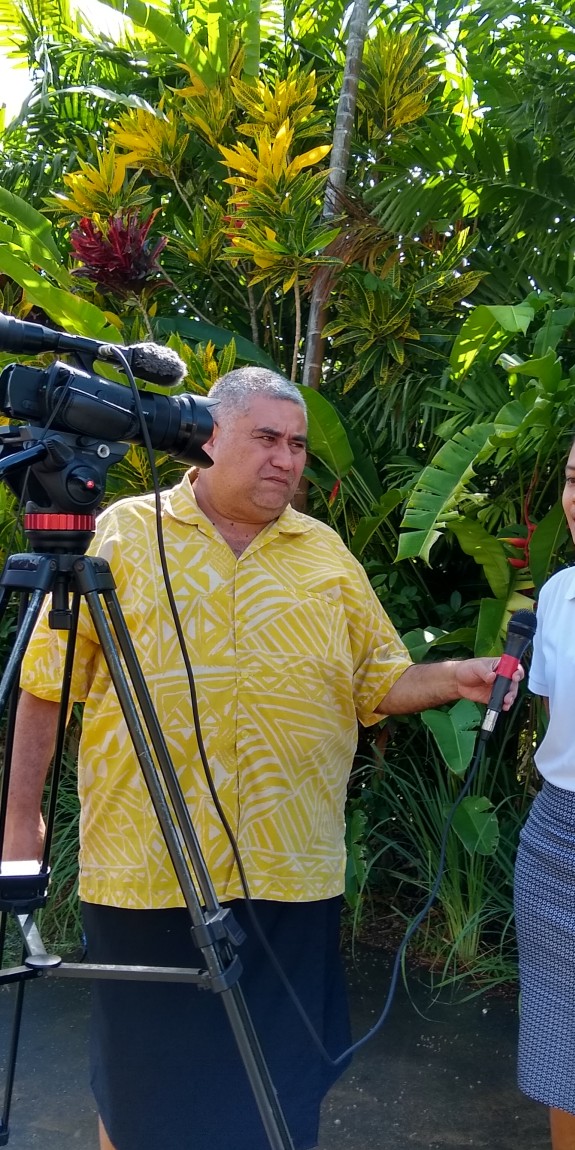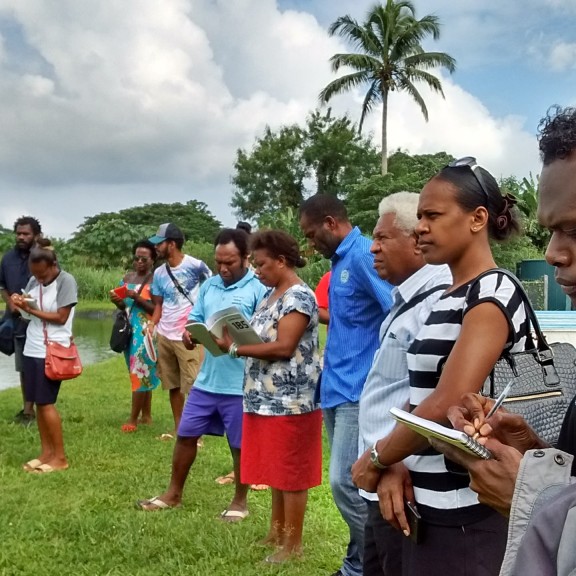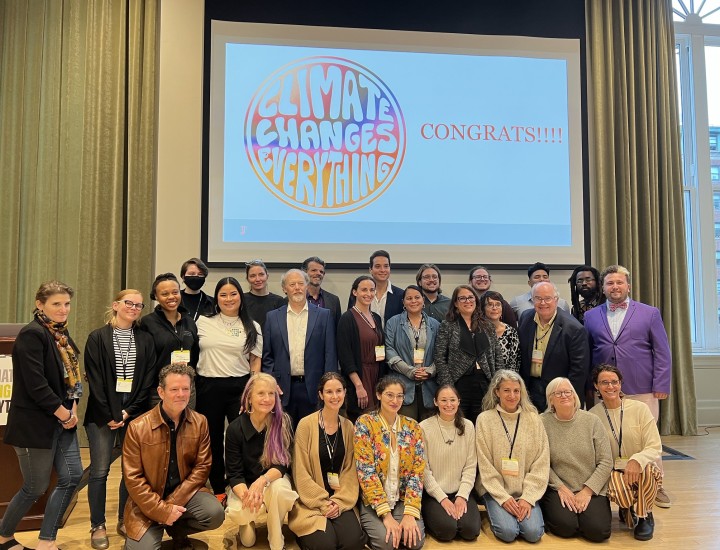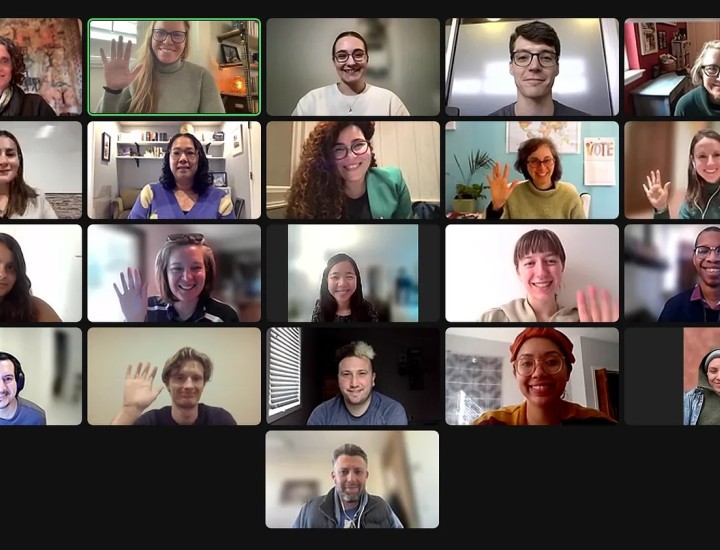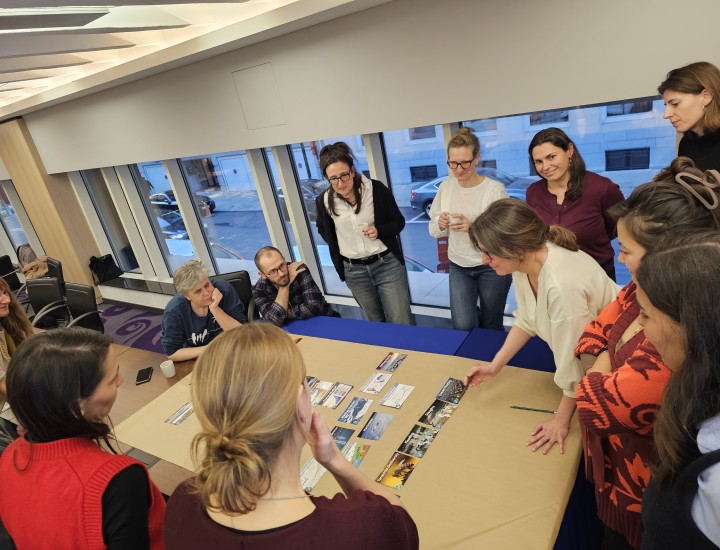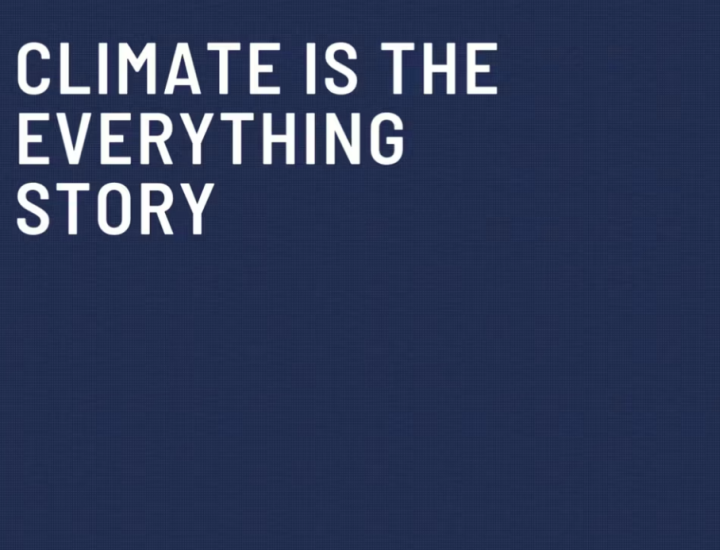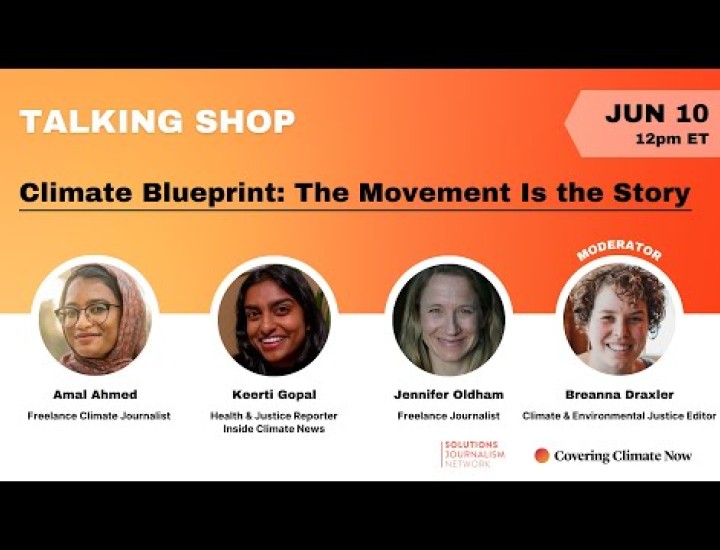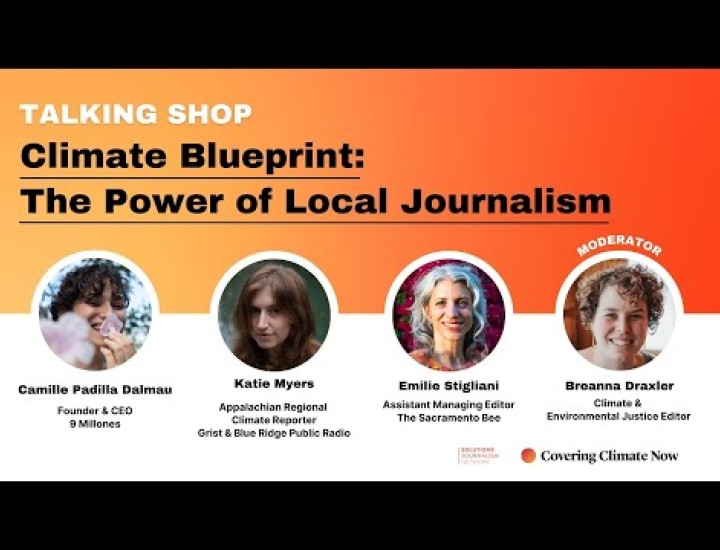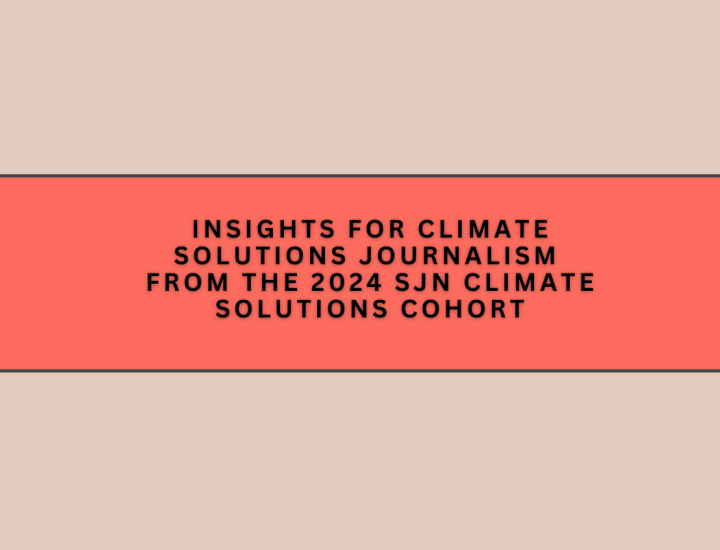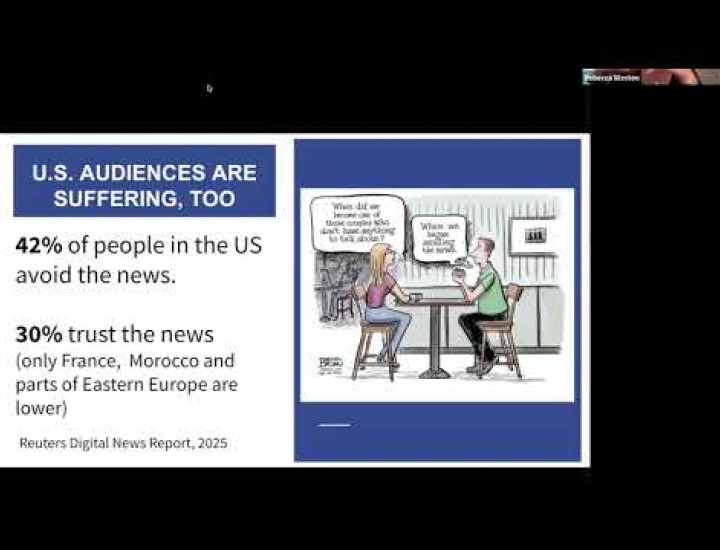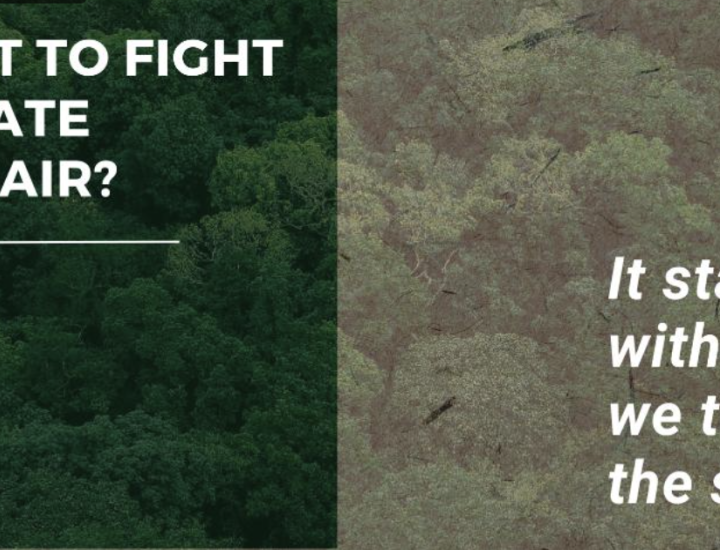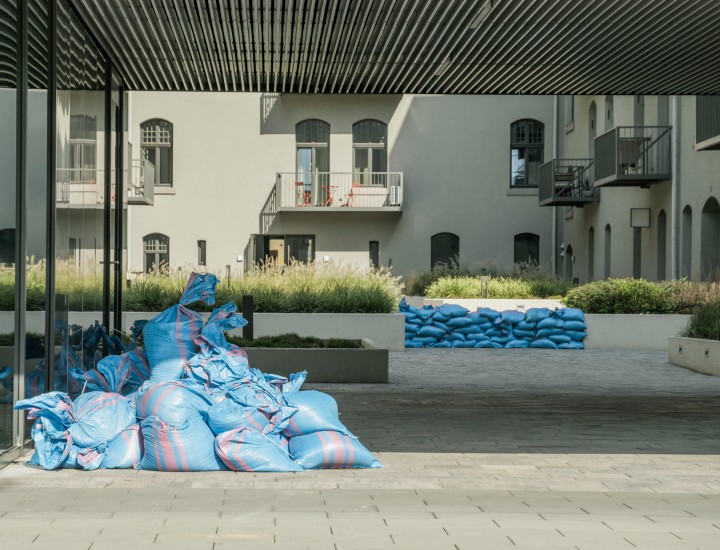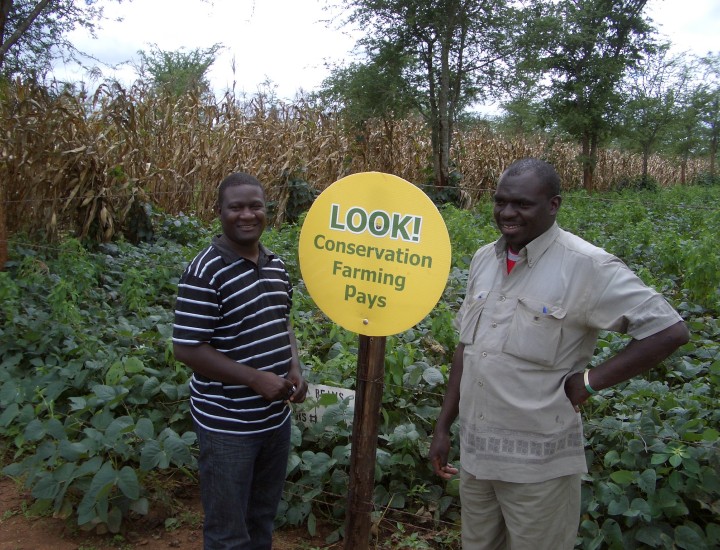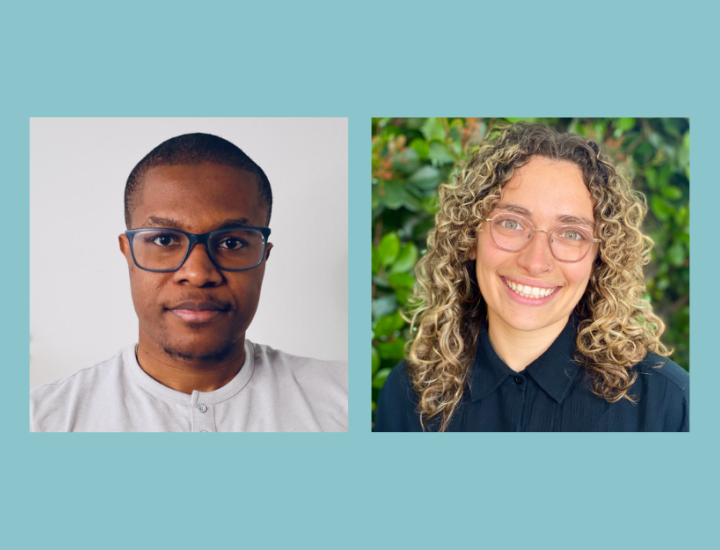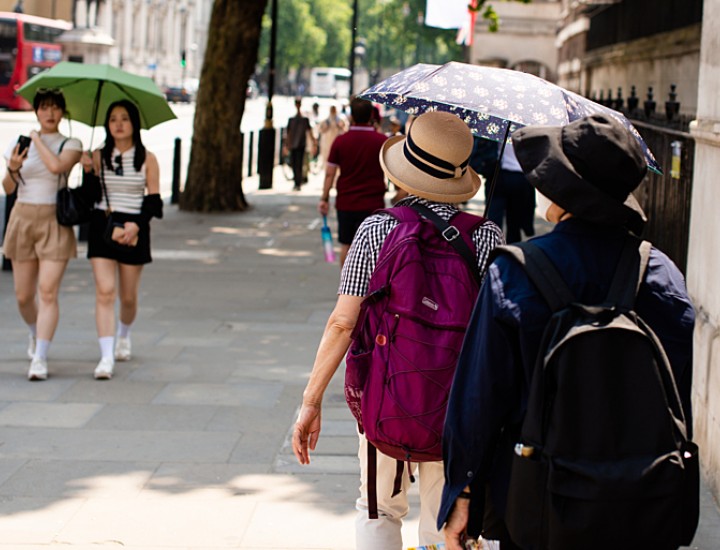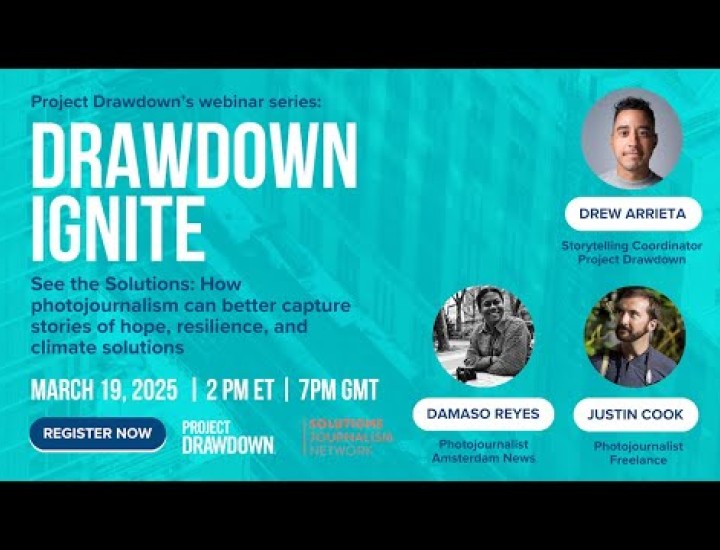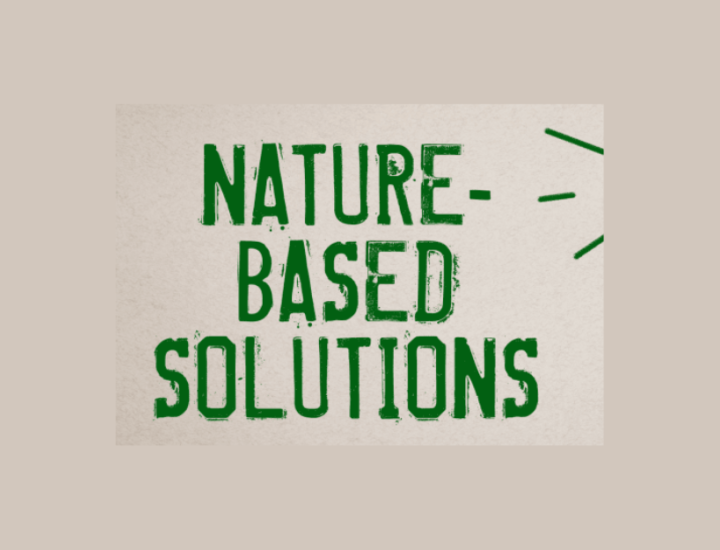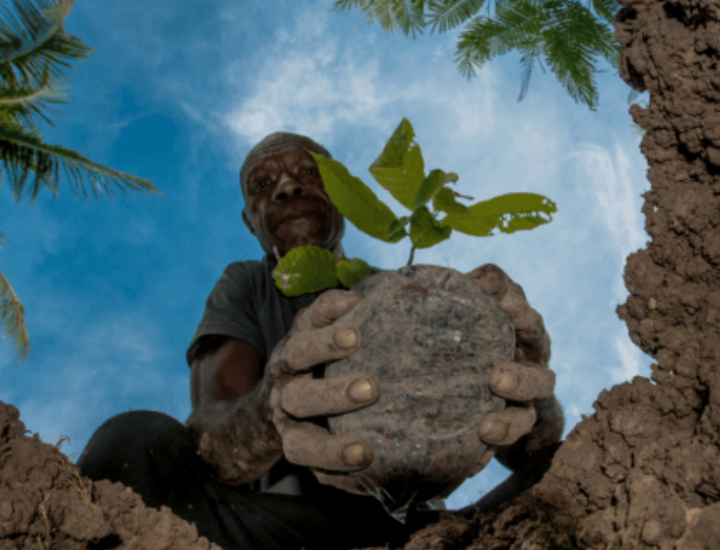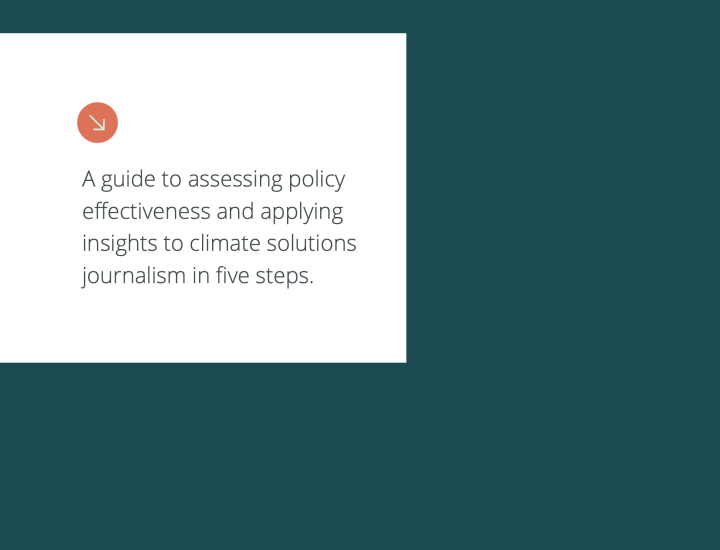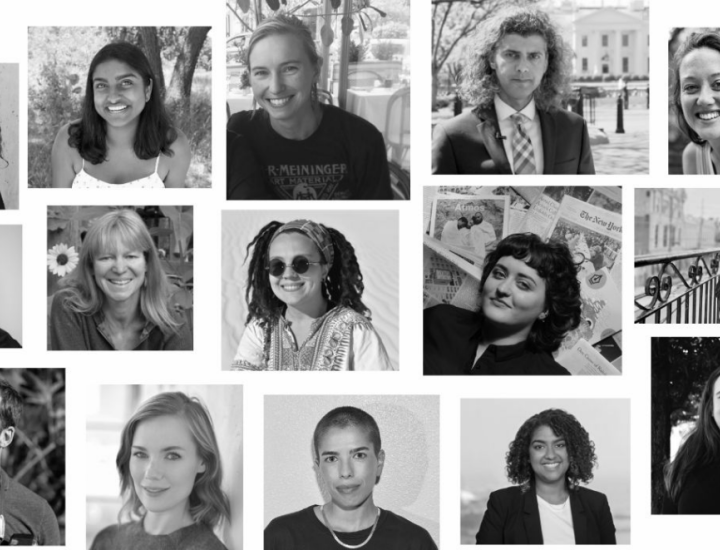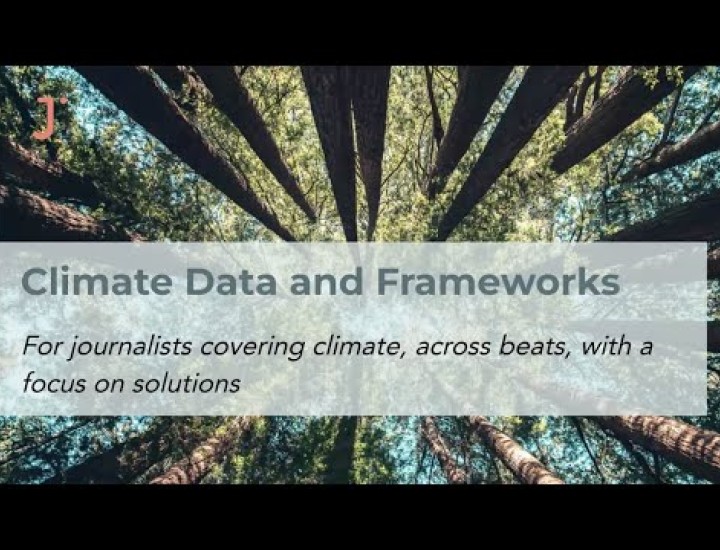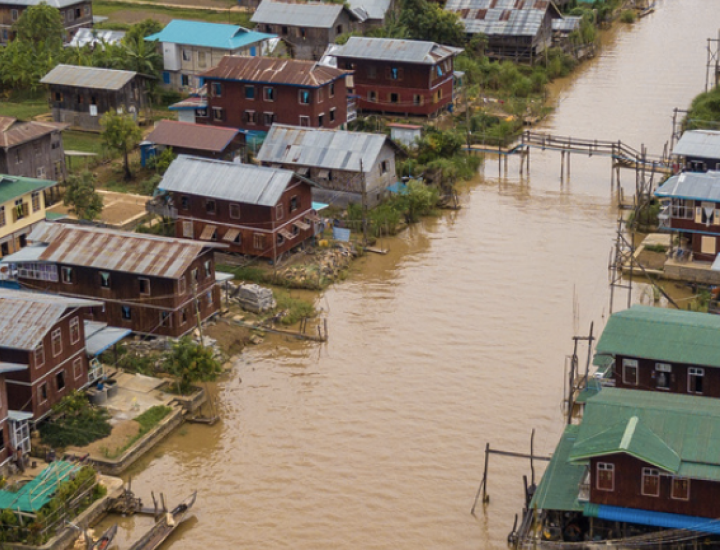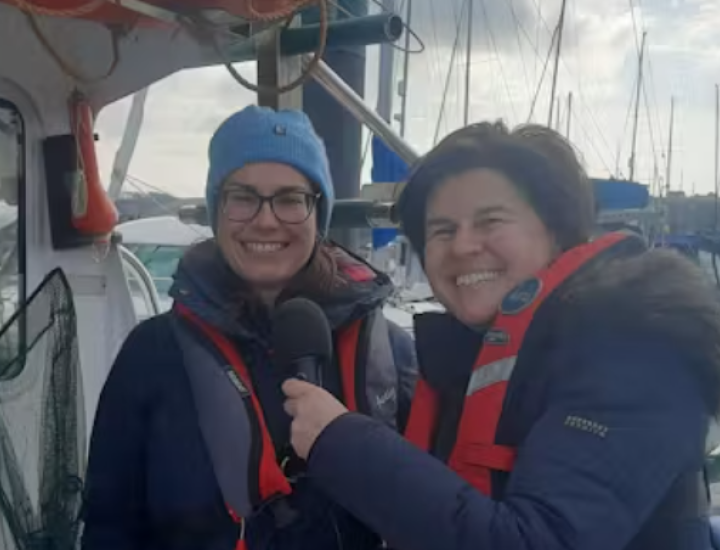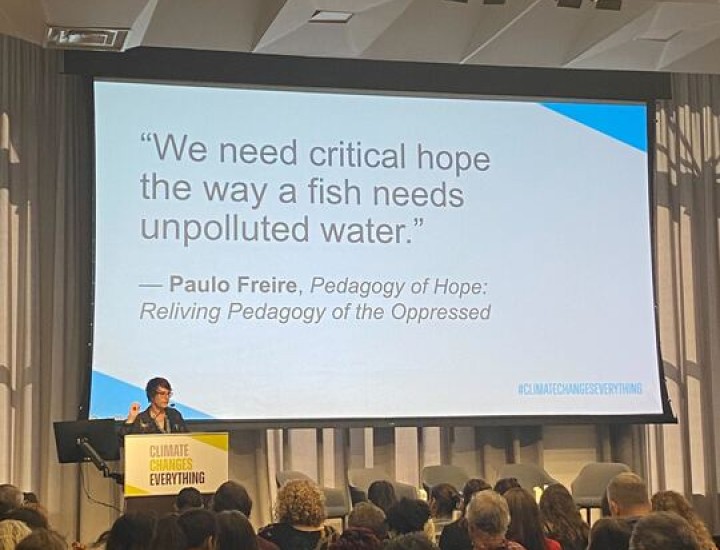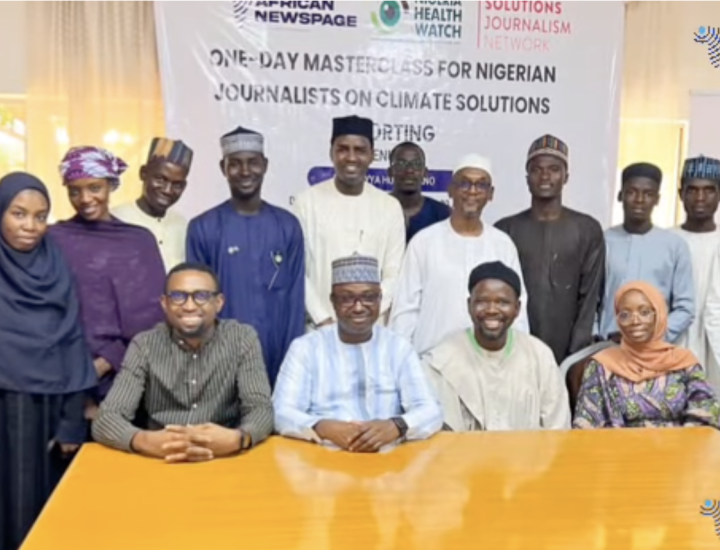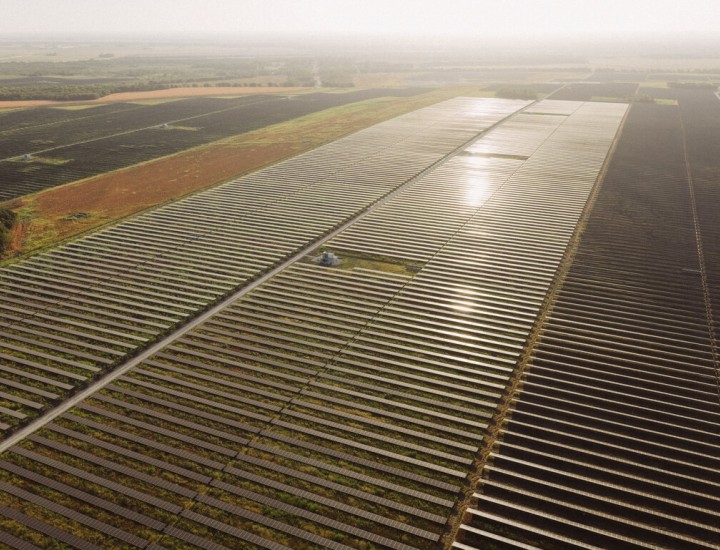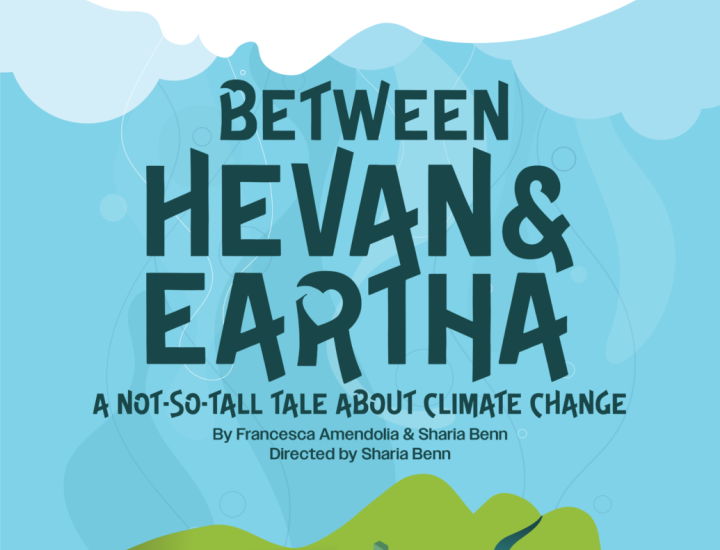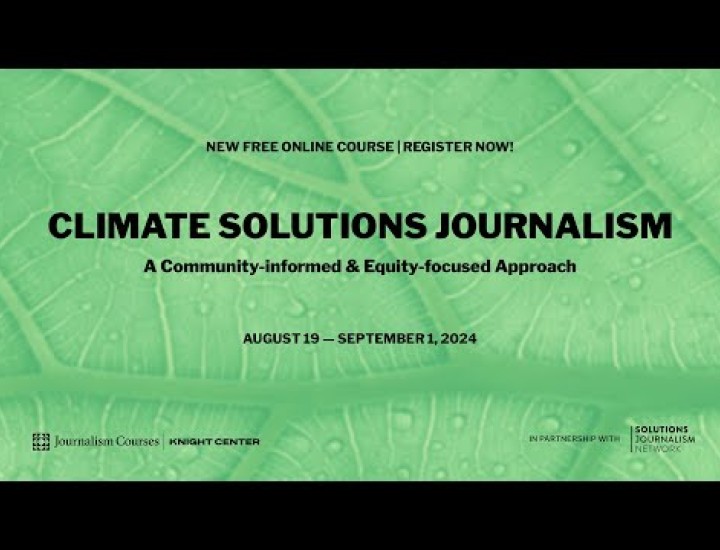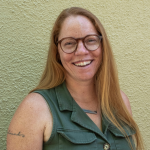Climate
Journalists are covering today’s environmental and climate-related challenges through a solutions-oriented lens.
The Solutions Journalism Network (SJN) is supporting a global network of journalists committed to covering today’s environmental and climate-related challenges through a solutions-oriented lens — and we’d love for you to become part of this rebalancing. To make headway in tackling climate change, it’s not enough for the news to identify problems and threats; people also need to hear about credible options to respond to those problems and threats.
In order for people to engage with any major challenge, especially one as daunting as the climate crisis, they need to see possibilities for progress. They need hope — not feel-good news, but rigorous journalism that examines and interrogates policies and programs that are showing genuine promise, backed by evidence. We call this “hope with teeth.” And it is absolutely vital to catalyze and mobilize the public, governments, business people and others to meet the great challenge of our time.
On this page, you’ll find updates on our initiatives, resources, trainers and guides. We also invite you to join the Climate Peer Network, a space to regularly discuss ideas and share best practices.
Why Climate Solutions Reporting Matters
In study after study, climate change appears as one of the top issues making people most anxious about the future and least optimistic that the problem can be solved. Much of the alarm-first journalistic coverage has led to people retreating into disengagement and disbelief. That’s why these nine newsrooms are shifting to Climate Solutions Reporting.
Resources
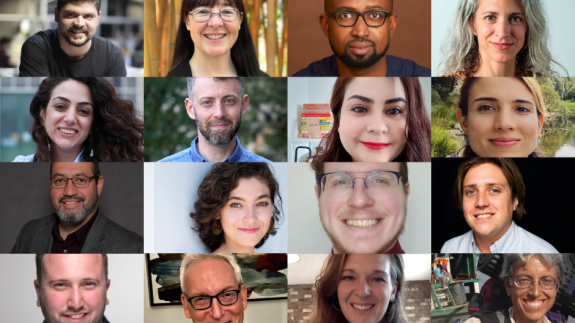
Looking for a Training in Your Region or Language?
Around the world, accredited solutions journalism trainers would love to hear from you.
